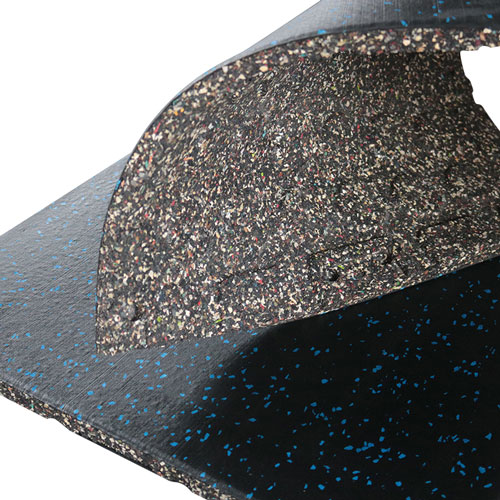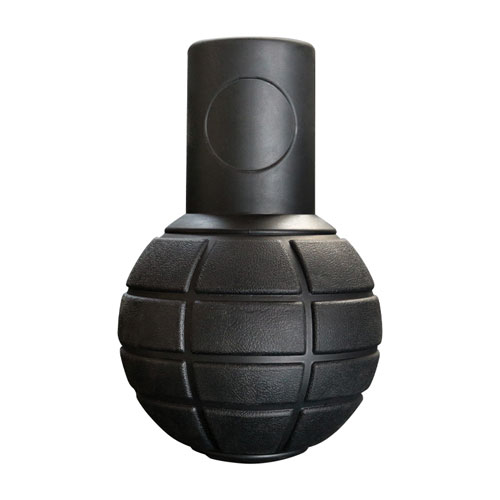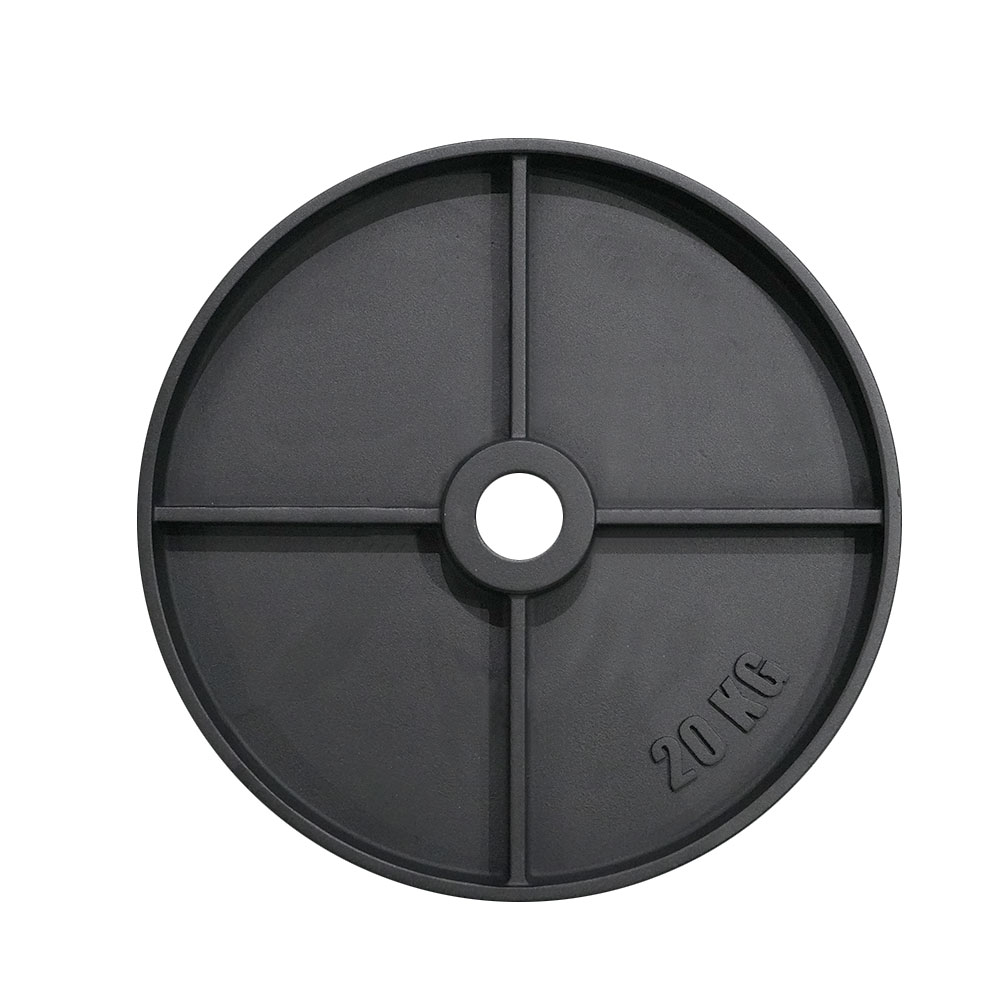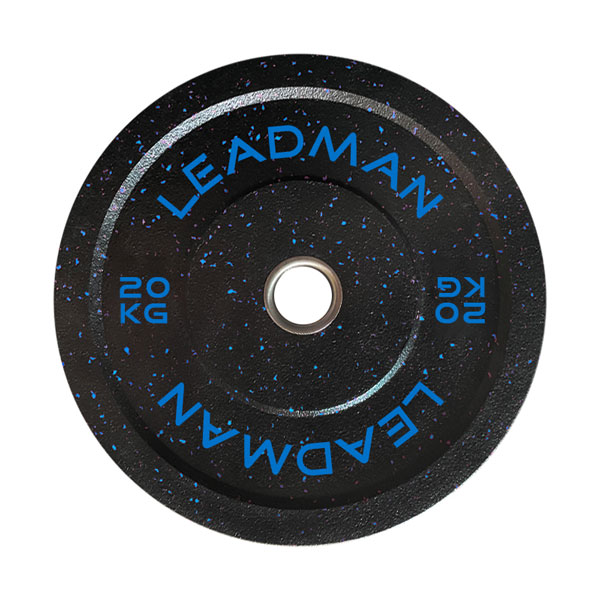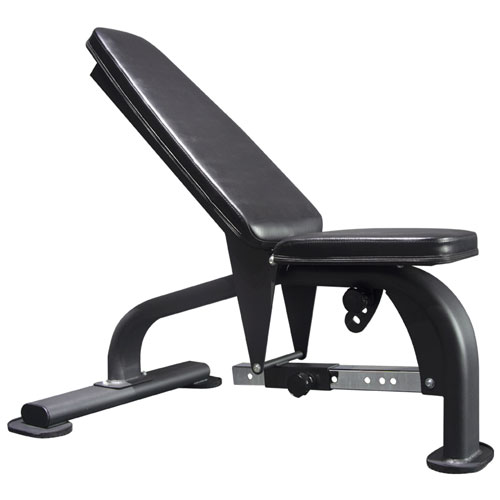The Best Fitness Equipment for Functional Training in 2025
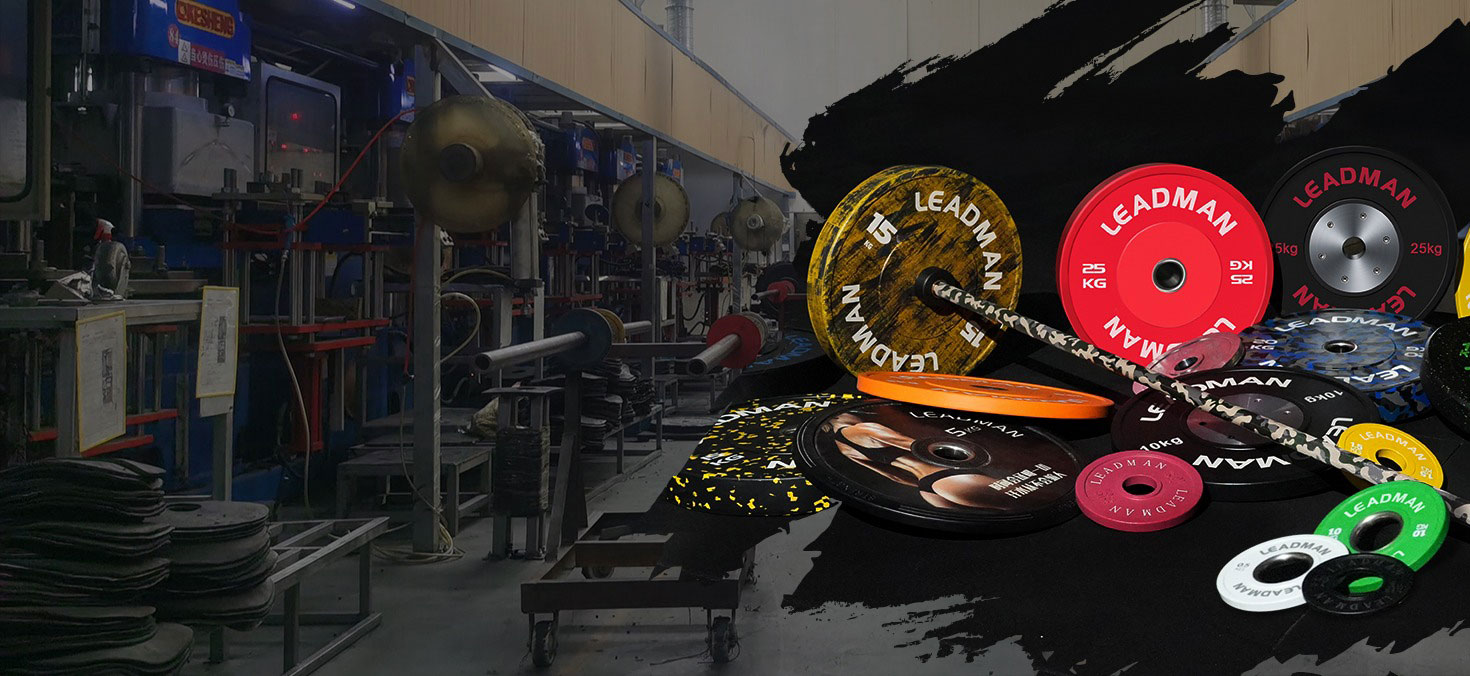
Introduction
A. Definition of Functional Training
Functional training is a training approach that emphasizes movements that mimic real-world activities. These movements improve overall strength, balance, coordination, and mobility, making them essential for everyday tasks and athletic performance. Functional training aims to enhance daily functionality, reduce the risk of injuries, and promote overall well-being.
B. Benefits of Functional Training
- Improves everyday mobility and task performance
- Enhances balance, coordination, and agility
- Reduces the risk of falls and injuries
- Strengthens muscles, improves flexibility, and increases endurance
- Promotes joint stability and range of motion
- Boosts cardiovascular health and metabolic function
Top Functional Training Equipment for 2025
A. Resistance Bands
- Versatile and portable, offering various resistance levels
- Engage multiple muscle groups simultaneously
- Enhance strength, flexibility, and stabilization
B. Kettlebells
- Unique design promotes full-body movements and dynamic swings
- Improve grip strength, cardiovascular endurance, and core stability
- Build muscle mass and increase power
C. TRX Suspension Trainers
- Leverage bodyweight to create instability and increase muscle activation
- Improve core strength, shoulder stability, and flexibility
- Enable both static and dynamic exercises
D. Plyometric Boxes
- Allow for explosive, power-generating exercises
- Enhance vertical jump, agility, and coordination
- Improve muscle fiber recruitment and power output
E. Barbells
- Provide resistance for compound exercises, targeting multiple muscle groups
- Improve overall strength, power, and muscle mass
- Offer versatility in exercise selection
F. Dumbbells
- Versatile free weights for unilateral exercises
- Enhance muscle balance, improve coordination, and increase range of motion
- Target specific muscle groups or perform full-body exercises
G. Medicine Balls
- Weighted balls add resistance and enhance power generation
- Improve rotational strength, core stability, and hand-eye coordination
- Incorporate dynamic movements and explosive exercises
H. Bosu Balls
- Half-spheres provide instability and challenge balance
- Improve ankle stability, core strength, and proprioception
- Enhance coordination and reaction time
I. Battling Ropes
- Long, heavy ropes create dynamic resistance for conditioning exercises
- Improve cardiovascular fitness, endurance, and upper body strength
- Enhance grip strength and coordination
J. Elastic Bands
- Similar to resistance bands, offer adjustable resistance and versatility
- Provide both linear and assistive resistance
- Engage stability muscles and improve joint mobility
Considerations for Choosing Functional Training Equipment
- Fitness Goals: Determine your specific training objectives, such as strength, mobility, or cardio improvement.
- Space Availability: Consider the amount of space you have for equipment and the exercises you plan to perform.
- Budget: Set a budget and research equipment options within your price range.
- Safety: Choose equipment that is of good quality, stable, and appropriate for your fitness level.
Example Functional Training Workouts
A. Beginner Workout:
- Dumbbell Squats: 10 repetitions
- Push-Ups: 10 repetitions
- TRX Rows: 10 repetitions per arm
- Plyometric Box Jumps: 10 repetitions
- Plank: 30 seconds
B. Intermediate Workout:
- Kettlebell Swings: 15 repetitions
- Resistance Band Side Lunges: 20 repetitions per leg
- Barbell Bench Press: 10 repetitions
- Bosu Ball Squats: 15 repetitions
- Battling Rope Slams: 30 seconds
C. Advanced Workout:
- Power Rack Squats: 12 repetitions
- Inverted Row: 12 repetitions
- Dumbbell Lunges with Overhead Press: 10 repetitions per leg
- Pull-Ups with Resistance Band Assist: 15 repetitions
- Agility Ladder Drills: 30 seconds
Advanced Functional Training Equipment
A. Power Racks
- Provide a stable framework for heavy lifting and advanced exercises
- Allow for squats, bench press, pull-ups, and more
B. Resistance Trainers
- Automated machines that offer adjustable resistance and customizable workouts
- Increase efficiency, reduce strain, and improve technique
C. Smart Mirrors
- Interactive devices that provide exercise guidance, form correction, and progress tracking
- Enhance motivation and optimize workouts
Safety Guidelines for Functional Training
- Proper Form and Technique: Maintain correct posture and movement to avoid injuries.
- Gradual Progression: Start with manageable weights and exercises, and gradually increase intensity and complexity.
- Warm-Up and Cool-Down Exercises: Prepare the body for training and reduce muscle soreness.
- Importance of Consulting with a Professional: Seek guidance from a certified fitness professional to ensure proper exercise selection and technique.
Future Trends in Functional Training Equipment
A. Emerging Technologies:
- Artificial intelligence (AI) for personalized training plans
- Virtual reality (VR) for immersive exercise experiences
- Wearable devices for real-time feedback
B. Equipment Design:
- Focus on customization and personalization
- Innovative materials and designs to enhance performance and durability
- Integration of technology for seamless monitoring and guidance
Case Studies: Leadman Fitness's Success in Functional Fitness
Leadman Fitness has a proven track record in delivering high-quality fitness equipment and innovative solutions.
Leadman Fitness's R&D Center:
- Collaborates with fitness experts and athletes
- Invests in new product development annually
- Drives innovation in the functional fitness industry
Leadman Fitness's Manufacturing Capabilities:
- State-of-the-art automated production lines
- ISO9001:2015 certified quality management system
- 100% inspection before shipping
Conclusion
Choosing the right functional training equipment for 2025 is crucial for achieving your fitness goals safely and effectively. Consider your fitness objectives, space constraints, budget, and safety when making your selections. The equipment outlined in this blog post provides a comprehensive array of options to enhance functional movement, improve overall health, and empower you for everyday tasks and activities.
FAQ about Functional Training Equipment
What is functional training?
Functional training is a training approach that focuses on exercises mimicking real-world activities, improving strength, balance, coordination, and mobility for everyday tasks and athletic performance.
What are the benefits of using functional training equipment?
Using functional training equipment enhances everyday mobility, improves balance and coordination, reduces injury risk, strengthens muscles, promotes joint stability, and boosts cardiovascular health.
How do I choose the right functional training equipment for my needs?
Consider your fitness goals, available space, budget, and safety when selecting equipment. Assess what types of exercises you plan to perform and choose equipment that aligns with those objectives.
What safety guidelines should I follow when engaging in functional training?
Maintain proper form and technique, progress gradually in weight and intensity, include warm-up and cool-down exercises, and consult with a certified fitness professional to ensure safe and effective training.

